Self -tapping screws
Self -tapping screws are screwed into the wall at a distance from each other. Plumbs are tied to them, and so that they in no case touch the walls. Then they measure the distance from the wall to the thread in two places: next to the self -tapping screw and at the very bottom, near the cargo. It is important to do this accurately enough so as not to shift the thread at the same time. Thus, the curvature of the walls is clarified by vertically. You also need to find out the same data, but for the diagonal. To do this, at an equal distance from the corners into the wall, four more self -tapping screws are screwed on which the threads are fixed with maxmal accuracy — they must touch the plumb line, but do not shift them. On an ideal wall, the distance between the wall and threads will be the same everywhere, but, unfortunately, in our reality, perfectly even walls do not exist. Next, self-tapping screws are screwed up: their hats should be exactly at the height of the threads and exactly to this thickness (to the self-tapping screw) and the plastered layer will be applied. If there are bugs on the walls regarding the threads or even more than the protruding above them, then these protrusions are sure to be twisted or you will have to increase the layer of plaster so that the irregularity is hidden under it at least half a centimeter.
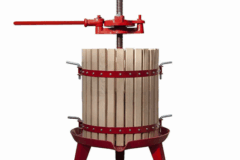


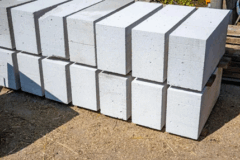

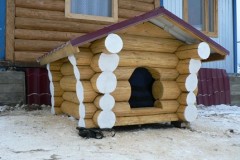

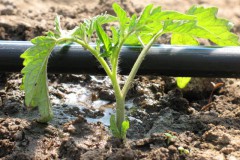
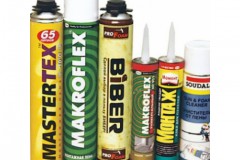

Оставить комментарий